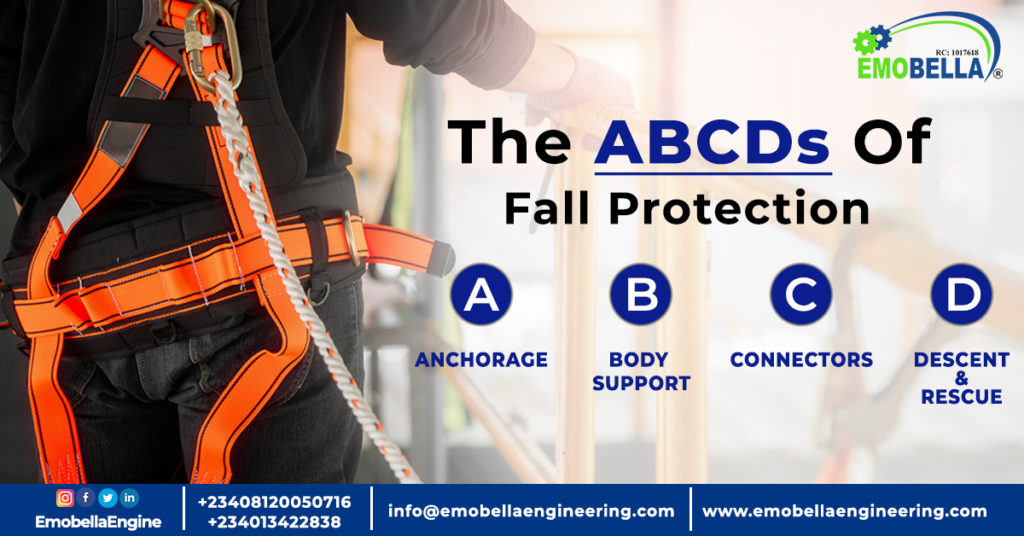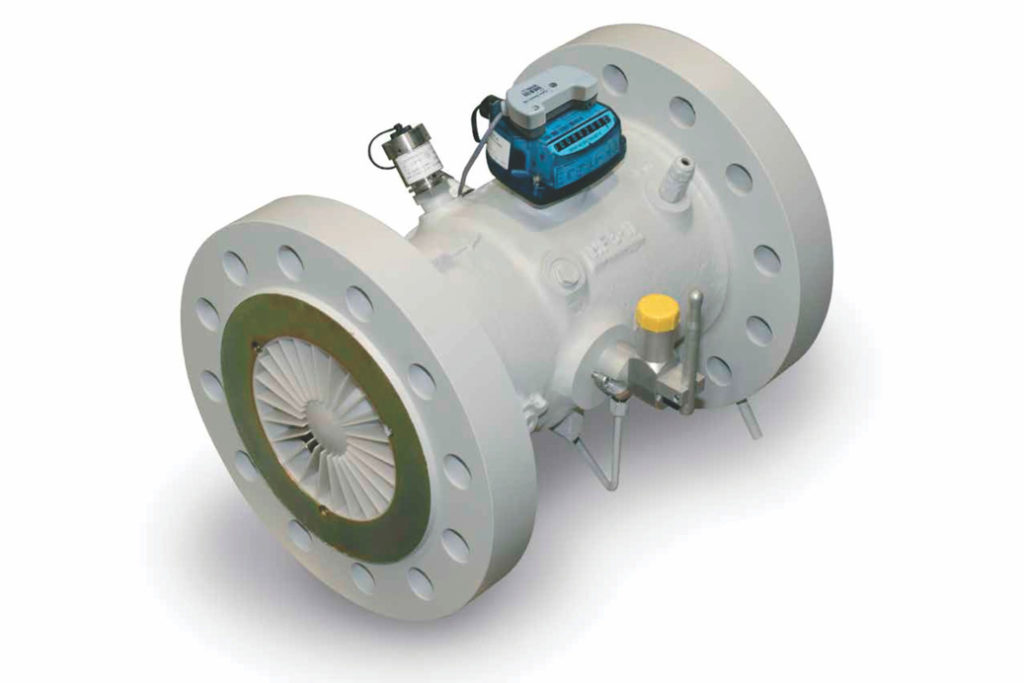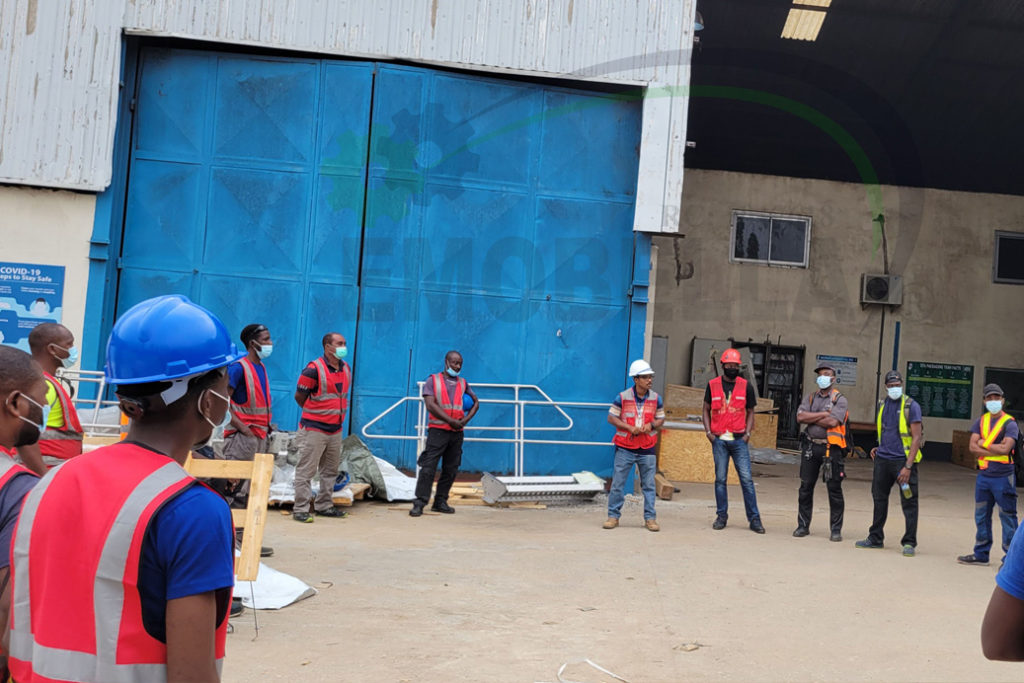When working at height, it is extremely important to practice fall protection, as falls from height regardless of how low or high the elevation can result in serious injuries. But before we proceed, one of the first things you need to know about fall protection is the difference between fall arrest and fall restraint.
A fall arrest system is designed to arrest or stop you before hitting the ground in the case of a fall. With the fall arrest system, you’ll be stopped from hitting the ground, but nothing stops you from hitting or swinging in to other objects as you fall.
A fall restraint system actively restrains you from getting close enough to the edge. This system is designed to protect you from falling by keeping you within a safe distance from the edge where you could potentially have a fall.
Hierarchy Of Fall Protection
The hierarchy of fall protection are the necessary steps that you need to take before proceeding to make plans on the type of fall protection to use.
- Hazard Elimination
Is there anything you can do to eliminate the hazard? After all, there won’t be a fall if there are no fall hazards. So, the first step is to ensure that hazards are completely eliminated before the project begins.
- Passive Fall Protection
If you can’t eliminate the hazards, the next preferred solution is making arrangements for a passive fall protection system. Physical barriers like providing covers for holes and guardrails around unprotected edges are examples of passive fall protection.
- Fall Restraint System
Fall restraint systems prevents workers from getting to the edge where they could have a fall. It is set up in such a way that it limits your range of movement, preventing you from reaching the fall hazard.
- Fall Arrest Systems
A fall is still possible when using a fall arrest system, however, the fall is stopped within a controlled force and clearance margin.
- Administrative Controls
Administrative controls are work practices and procedures designed to warn workers and increase their awareness of a fall hazard. Although, considered to be the least preferred method of fall protection, they are really helpful when combined with other methods listed above.
What Are The ABCDs Of Fall Protection?
- Anchorage (A)
Often called the tie-off point, Anchorage is your attachment point for your fall protection system. Anchorages are required to support a load of 5000lbs at least. There are many different ways to anchor depending on the industry or the structure of the job. And anchors can be temporary or permanent.
- Body Support (B)
Body support is typically a full-body harness. When worn correctly, a full-body harness will distribute the force caused by the fall to prevent any one part of your body from taking the full force of the fall.
- Connectors (C)
Connectors are used to attach your body harness to your anchor point. This could be a Self-Retracting Lanyard (SRL), shock-absorbing lanyard, or a retrieval system.
- Descent & Rescue (D)
Most people stop their planning at Connectors and often forget about this step. However, Descent & Rescue is just as important, because even after putting A, B, and C in place, if a fall eventually occurs, you or your worker will need to be rescued. Which is why it is important to have an emergency rescue plan in place and that all workers are trained on fall rescue.
Conclusion
We hope that our blog has been able to show some light and point you in the right direction regarding the ABCDs of fall protection. Remember, fall protection systems come in many different systems and applications, but it starts with understanding the basics.





